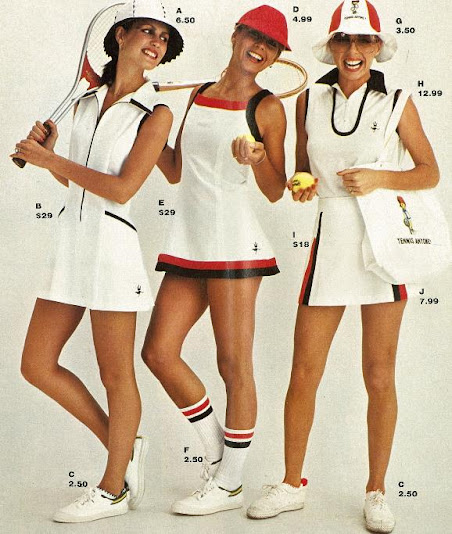Let's start by quoting Susan B. Anthony:
“Let me tell you what I think of bicycling. I
think it has done more to emancipate women than anything else in the
world. It gives women a feeling of freedom and self-reliance. I stand
and rejoice every time I see a woman ride by on a wheel…the picture of
free, untrammeled womanhood.”
The invention of the safety bicycle and the subsequent cycling craze of the 1890s enabled many a woman to pedal her way to freedom, but it wasn't a completely smooth ride. Cycling women not only ran counter to Victorian ideas of Woman's Place (in the home, not gadding around on the roads!) but there was also the problem of what they should wear. Conventional dress—long skirts and petticoats—was inconvenient, and sometimes downright dangerous, whereas "rational" dress (i.e. bloomers) was considered indecent and apt to get one harassed on the street.
In Bikes and Bloomers, Kat Jungnickel looks at this dilemma and some of the solutions for it arrived at by Victorian women inventors. She makes a detailed examination of five patents for cycling costumes and the women who took them out: Alice Bygrave, Julia Gill, Frances Henrietta Müller, Mary and Sarah Pease, and Mary Ward.
Alice Bygrave created the most commercially successful cycling costume, the "Bygrave" with a skirt that could be raised or lowered with a system of cords, pulleys and weights. (It is shown on the cover of Bikes and Bloomers as worn by her cousin Rosina Lane, a competitive racing cyclist!) Julia Gill's invention, on the other hand, was never put into production. As she was a court dressmaker and as her costume was "daring" by the standards of the day, it's possible that she only created it as a publicity stunt. Frances Henrietta Müller was a lifelong feminist, one of the first female students at Cambridge and the founder of a women's newspaper. Her patent was for a three-piece costume including knickerbockers and a skirt that could be folded up for riding and let down for ordinary wear. Mary and Sarah Pease devised a costume with a garment that could be worn as a cape while cycling, and as a skirt after dismounting from the bike. Mary Ward's costume was the most conservative— a skirt with a hem that could be raised or lowered as convenient.
As a part of her research, Kat Jungnickel reproduced every one of these costumes, drafting patterns from the original patent specifications and trying out the finished garments on a bike. (The patterns are included among the illustrations in Bikes and Bloomers, if anyone is game to try them!) However the book is more than just a costume history—it is a social history exploring the changing lives of Victorian women, the development of technology and invention, popular recreations in the late nineteenth century and much more.
Kat Jungnickel
Bikes and bloomers: Victorian women inventors and their extraordinary cycle wear
9781906897758
London: Goldsmiths Press, 2018.













































